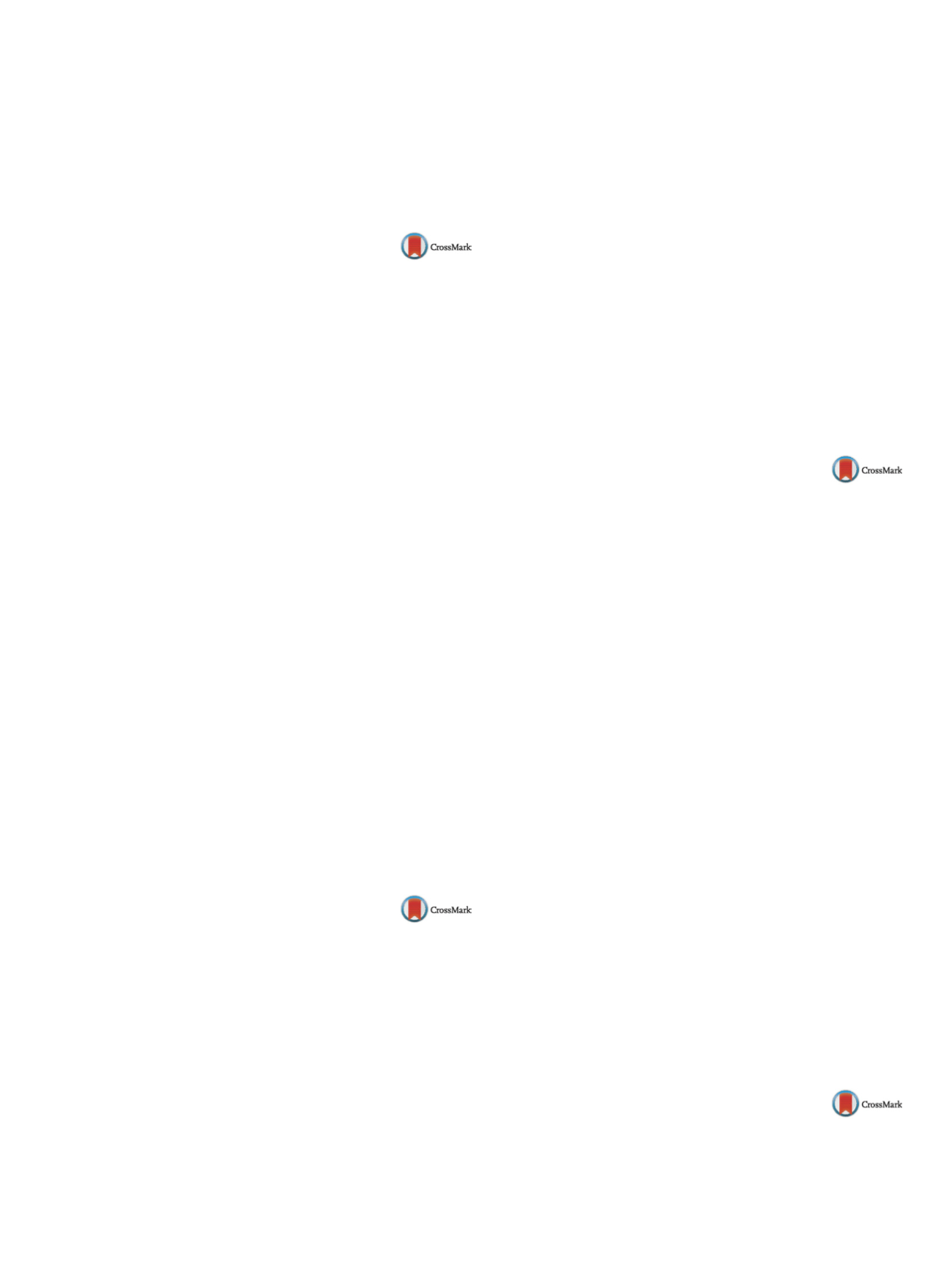

25th European Congress of Psychiatry / European Psychiatry 41S (2017) S238–S302
S295
Conclusions
Perseverance might be a discriminating element
between patients that eventually commit a suicide attempt and
those that do not.
Disclosure of interest
The authors have not supplied their decla-
ration of competing interest.
http://dx.doi.org/10.1016/j.eurpsy.2017.02.169EW0556
Is there a case for using social
outcomes in self-harm research?
P. Huxley
1 ,∗
, N .Ahmed
21
Bangor University, Centre for Mental Health & Society, Bangor,
United Kingdom
2
Swansea university, Health Science, Swansea, United Kingdom
∗
Corresponding author.
Introduction
Self-harmis costly to individuals andhealth services
and has high associated risks of further self-harm and completed
suicide. Self-harm presentations to hospitals offer an opportu-
nity to engage patients in interventions to help reduce future
episodes and associated costs. This presentation reviews clinical
trials for self-harm interventions conducted over the past twenty
years in hospital emergency departments (1996–2016) comparing
successful vs. unsuccessful trials (defined by the whole or partial
achievement of trial defined outcomes) in terms of methodology,
type of intervention and type of outcome measure.
Method
Databases were searched using defined keywords.
Randomized trials of adult subjects presenting to emergency
departments were selected.
Results
Twenty-four studies are included in the review. There
was no significant difference between the type of intervention
and “success”, nor were there index/control differences by sam-
ple size and follow-up length. Most trials (79%) used re-admission
to hospital after a further episode as the primary outcome; only
4 (16%) of the studies reported social outcomes. As an example
of social interventions and outcomes, we discuss trial results of a
new social intervention for adults (many of whom do not receive
a (UK-mandated) psychosocial assessment), and who are usually
provided with little/no support after leaving the emergency room.
Discussion
The findings suggest that the use of repetition and re-
presentation as outcome indicators may bemissing the importance
of social precipitants of self-harm and the need to assess social cir-
cumstances, interventions and outcomes. We discuss findings from
a new social intervention trial, which addresses these limitations.
Disclosure of interest
The authors have not supplied their decla-
ration of competing interest.
http://dx.doi.org/10.1016/j.eurpsy.2017.02.170EW0557
The spatial pattern of suicides in
Europe
S. Kandrychyn
1 ,∗
, R. Yury
21
Republican Clinical Medical Centre, Cardiology, Minsk, Belarus
2
Grodno State Medical University, Pathological Physiology, Grodno,
Belarus
∗
Corresponding author.
Introduction
The regularity in suicide rates in Europe was one
of the essential challenges facing social scholars at the end of XIX
century.
Aims
The present study aims to assess the continuation of this
phenomenon in XXI century.
Methods
To explore this phenomenon, suicide rates were
obtained from WHO official publications for 1990, 2000, 2010 and
2012 across 41 European nations. In order to examine the regu-
larity of spatial suicide pattern, the data sets were subjected to
Spearman’s rank order correlation analysis.
Results
The suicide rates rank order distribution between Euro-
pean nations in 1990 was associated with suicide rates in 2000,
2010 and 2012 (
r
s = .91, .81, and .80, respectively,
P
< .001). The
national suicide death indices show the significant positive corre-
lation over the studied period, what means the definite regularity
of suicide mortality pattern and absence of essential changes or
fluctuations between the regions. The highest indices have the
countries situated on theNorthern and Eastern part of the European
continent (Lithuania, Russia, Belarus andHungary). On the opposite
pole are the nations settled the Mediterranean and British islands.
Thus, the fixed gradient in suicide distribution with the growing to
the north and northeast of European continent is visible. The same
stable vector in suicide spatial distribution is duplicated on the vast
territories on the east part of Europe.
Conclusions
The data presented support the idea that spatial reg-
ularity in suicide distribution in Europe is not generally connected
with social and cultural changes occurred during the centuries.
Disclosure of interest
The authors have not supplied their decla-
ration of competing interest.
http://dx.doi.org/10.1016/j.eurpsy.2017.02.171EW0558
Educational programme in primary
care is the basic way of decreasing
suicides
N. Kornetov
Siberian State Medical University, Psychiatry, Addiction and
Psychotherapy, Tomsk, Russia
Introduction
The depressive disorder (DD) is a widespread dis-
ease described to be a severe burden and to have high suicide risk.
Depression is not yet listed in the primary care (PC), Russian specific
educational program.
Objectives
To create educational Recognition of Depressive dis-
orders Program (REDEP) in order to decrease suicides in Tomsk City
and Tomsk Area (TA).
Methods
Educational ProgramWPA/PTD on DD (Russian version)
was used as a basis of REDEP, comparative analysis of mortality
ratio of suicides (MRS) throughout the period of 2004–2015 among
the population of the Russian Federation (RF), Siberian Federal
Region (SFR) and TA, analysis of suicide decrease in Tomsk City.
The Program is based on ideas of collaboration between the Pri-
mary Medical Care institutions and the Service of Mental Health
Care. Depression and its consequences on people and the economy
should be listed as a non-infectious illness.
Results
We conducted a comparative analysis of suicides in RF,
SFR and TA; we also assessed the dynamics of suicides reduction
in TA under the influence of educational program on DD. The most
prominent MRS decline was in TA: from 38.3 to 12.8 (
P
< 0.03). Dur-
ing 2008–2015, MRS was being held below 10/100,000 in Tomsk
City.
Conclusions
Suicide prevention is possible if persistent and con-
tinual education of doctors in PC is in place. Such specialists are
needed to recognize and manage depression and co-morbid con-
ditions. The Program can be extrapolated to other regions of the
country with high MRS.
Disclosure of interest
The author has not supplied his/her decla-
ration of competing interest.
http://dx.doi.org/10.1016/j.eurpsy.2017.02.172EW0559
Psychiatric ward consumption before
suicide: A case-control study
T. Sellin
1 ,∗
, F. Holländare
1, M. Tillfors
21
University Health Care Research Center, Faculty of Medicine and
Health, Örebro, Sweden


















